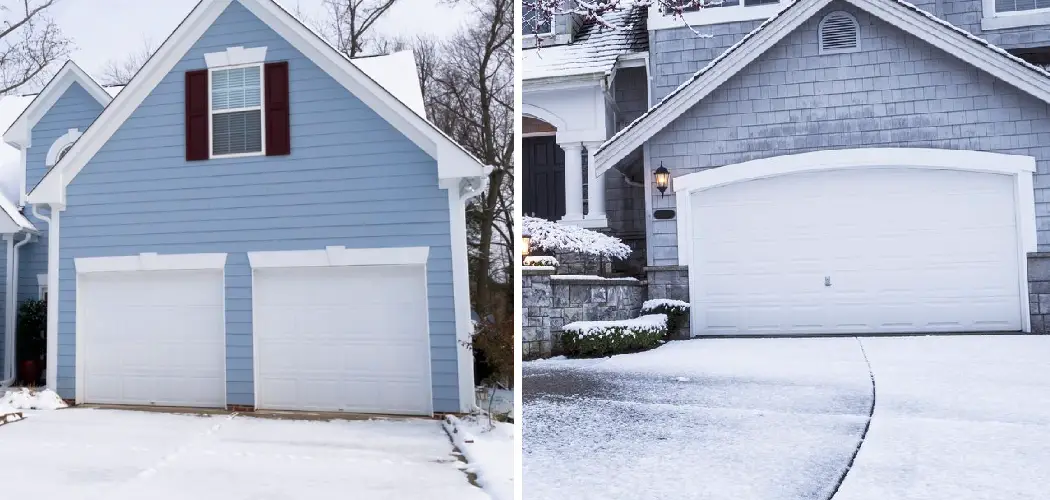The garage door is an essential part of any home. It not only provides security but also adds to the overall aesthetic appeal of your house. However, during cold weather, the performance of your garage door may be affected due to various reasons such as changes in temperature and precipitation.
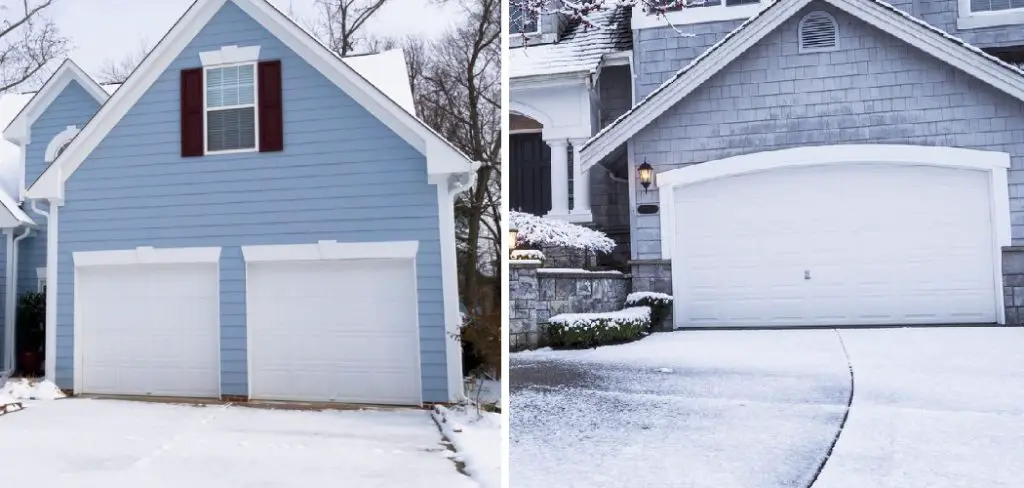
The main advantage you can benefit from by learning how to adjust your garage door for cold weather is that it increases the durability of your garage door. Just like any other mechanical system, a garage door tends to face some challenges during extreme temperatures; they hardly operate as expected when exposed to freezing weather. Read this blog post to learn how to adjust garage door for cold weather.
Step-by-step Instructions for How to Adjust Garage Door for Cold Weather
Step 1: Inspect the Garage Door
The first step in adjusting your garage door for cold weather is to give it a thorough inspection. Check for any visible damages or wear and tear that may have occurred over time.
Step 2: Tighten Loose Hardware
Cold weather can cause metal to contract, causing screws and bolts to become loose. Use a wrench to tighten any loose hardware you find on the garage door, including hinges and tracks. Cold weather can also cause moving parts of your garage door to become stiff. Apply a lubricant specifically designed for garage doors to all moving parts to keep them running smoothly during colder months.
Step 3: Check Weather Stripping
Weather stripping is an important component in keeping cold air out of your garage. Inspect the weather stripping around the sides and bottom of your garage door for any tears or gaps. If needed, replace with new weather stripping to ensure a tight seal.
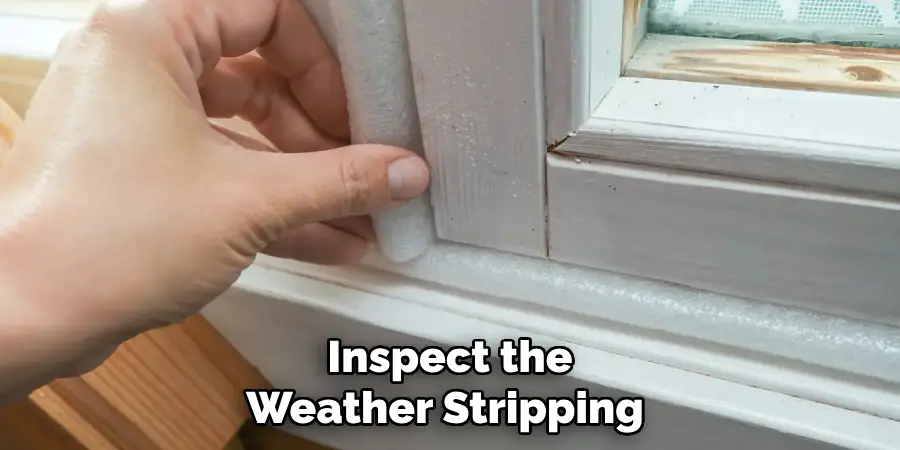
As temperatures drop, the tension on the springs in your garage door may need to be adjusted. Consult your owner’s manual for instructions on how to adjust the tension, or consider hiring a professional for this task.
Step 4: Check Alignment
Cold weather can cause metal tracks to shift and become misaligned. Use a level to ensure that the tracks are properly aligned and use a rubber mallet to gently tap them back into place if needed. Check the rollers on your garage door for any signs of wear and tear. If they are damaged or worn, replace them with new rollers to ensure smooth operation during cold weather.
Step 5: Tighten Chain or Belt
If your garage door is operated by a chain or belt mechanism, make sure it is properly tightened. Cold weather can cause these parts to become loose, leading to potential malfunctions. Safety sensors are important for preventing accidents and injuries. Make sure they are properly aligned and functioning by testing them regularly during cold weather.
Step 6: Adjust Opener Force
The force setting on your garage door opener may need to be adjusted for cold weather conditions. Consult your owner’s manual for instructions on how to adjust the force setting safely. Ensure that the batteries in your garage door opener remote are fully charged. Cold weather can cause batteries to lose their charge more quickly, so it’s important to check and replace them as needed.
Step 7: Schedule Maintenance
Regular maintenance is key to keeping your garage door functioning properly during cold weather. Consider scheduling a professional tune-up to ensure all components are in good working condition and make any necessary adjustments.
By following these 12 step-by-step instructions, you can ensure that your garage door will continue to operate smoothly even during the coldest months of the year. Proper maintenance and adjustments will not only save you from potential malfunctions, but also help to keep the cold air out of your garage and protect your belongings stored inside.
Precautions for How to Adjust Garage Door for Cold Weather
- Make sure to turn off your garage door opener before starting any maintenance or adjustments.
- Always wear protective gear such as gloves and safety goggles when handling the garage door springs and cables.
- Do not attempt to adjust the tension of the springs on your own, as this can be dangerous and should only be done by a professional.
- Keep children and pets away from the garage door and its mechanisms while making adjustments.
- Check for any signs of wear and tear on the springs, cables, and other moving parts before adjusting for cold weather.
- Do not use your garage door if it is visibly damaged or malfunctioning, as this can lead to further complications.
- Consider hiring a professional to inspect and make necessary adjustments to your garage door for cold weather, as they have the proper knowledge and tools to do so safely.
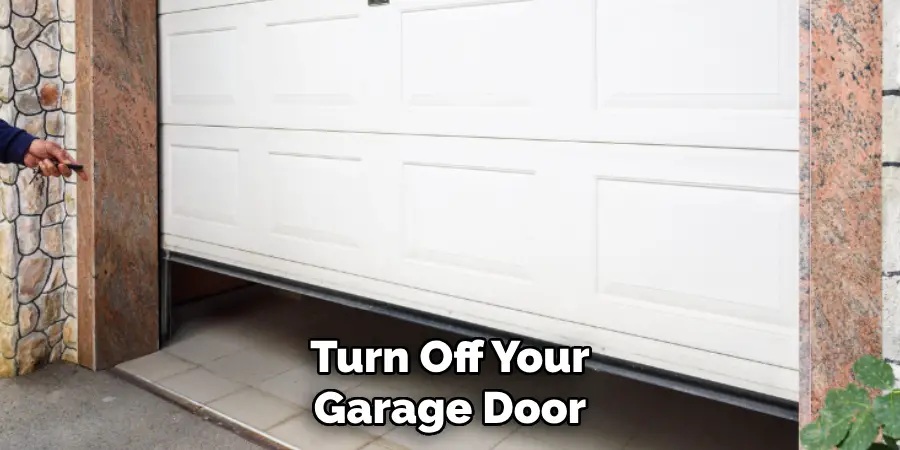
By following these precautions, you can ensure a smooth and safe adjustment of your garage door for cold weather. Remember, prioritizing safety is crucial when it comes to DIY maintenance and adjustments for your garage door.
Why is It Important to Adjust Your Garage Door for Cold Weather?
Winter can be harsh on your garage door. The cold weather can cause the metal components of your garage door to contract, leading to strain and potential damage. Additionally, snow and ice buildup can make it difficult for your garage door to operate smoothly.
To prevent any issues with your garage door during the colder months, it is important to adjust it accordingly. Here are some tips on how to adjust your garage door for cold weather.
1. Lubricate Moving Parts
Before the temperature drops, it is important to lubricate all moving parts of your garage door. This includes hinges, rollers, springs, and tracks. A silicone-based lubricant is recommended for this task as it can withstand colder temperatures better than other types of lubricants.
2. Tighten Loose Screws and Bolts
Cold weather can cause metal to contract, which may result in loosening of screws and bolts. Regularly check your garage door for any loose hardware and tighten them if necessary.
3. Insulate the Garage Door
Insulating your garage door is another important step in preparing it for cold weather. This will help keep the heat inside your garage and prevent the metal components from contracting too much. You can use insulation kits specifically designed for garage doors or opt for DIY options such as weather stripping or foam panels.
4. Adjust the Tension of the Springs
The cold weather can affect the tension of your garage door springs, making them less effective at lifting the heavy door. Check the tension of your springs and adjust them accordingly. If you are unsure how to do this, it is best to seek professional help.
5. Keep the Tracks Clean and Clear
During winter, snow and ice buildup can cause obstructions on your garage door tracks, making it difficult for the door to open and close smoothly. Regularly check and clear any debris or buildup on the tracks to ensure smooth operation.

Adjusting your garage door for cold weather not only helps prevent damage, but it also ensures smooth and efficient operation throughout the winter months. By following these tips, you can keep your garage door in top condition and avoid any unexpected issues during the colder months.
Are There Any Common Mistakes to Avoid While Adjusting a Garage Door for Cold Weather?
If you live in an area that experiences harsh winters, you may have noticed that your garage door doesn’t always function as it should. This is because cold temperatures can cause the metal parts of your garage door to contract and become misaligned, making the door difficult to open or close.
To ensure that your garage door continues to work properly during the colder months, it’s crucial to make the necessary adjustments. But before you start making changes, it’s essential to understand the signs that indicate your garage door needs adjustment for cold weather. Some of the common signs include:
- Difficulty in opening or closing your garage door
- Loud scraping or grinding noises when operating the door
- Uneven spacing between the door and its frame
- Visible gaps or cracks in the weather-stripping or seals
- Poor insulation, causing colder temperatures inside the garage
If you notice any of these signs, it’s time to make some adjustments to your garage door. But before you do so, it’s important to avoid making common mistakes that can further damage your garage door.
Is There Any Routine Maintenance That Can Prevent the Need for Constant Adjustments During Cold Weather?
Here are some tips to help keep your garage door in good shape during the winter months.
1. Inspect and Clean Your Garage Door
Before adjusting your garage door for cold weather, it is important to thoroughly inspect and clean it. This will help identify any potential issues that may need to be addressed before making adjustments. Start by wiping down the exterior of the door with a mild detergent and water to remove any dirt or debris.

Then, check the tracks, rollers, and hinges for any signs of wear or damage. If you notice any issues, it may be best to consult a professional for repairs.
2. Lubricate Moving Parts
Cold weather can cause materials to contract, leading to an increase in friction between moving parts of your garage door. To prevent this, it is important to regularly lubricate all moving parts with a silicone-based lubricant. This will help reduce friction and keep your garage door operating smoothly.
3. Check the Balance of Your Garage Door
Another important aspect of maintaining your garage door during cold weather is ensuring that it is properly balanced. An unbalanced door can put extra strain on the opener and other components, leading to potential malfunctions.
To check the balance, disconnect the opener and manually open the door halfway. If it stays in place, it is properly balanced. If not, adjustments will need to be made.
4. Adjust Spring Tension
As temperatures drop, you may notice that your garage door is not closing all the way or that it is reversing when attempting to close. This can be caused by changes in spring tension due to contraction.
To fix this, adjust the tension on the springs using a winding bar according to the manufacturer’s instructions. It is important to note that adjusting spring tension can be dangerous and should only be done by someone with experience.
5. Consider Insulating Your Garage
If you live in an area with extremely cold temperatures, it may be worth considering insulating your garage to help regulate the temperature. This can help prevent contraction of materials and reduce strain on your garage door components.
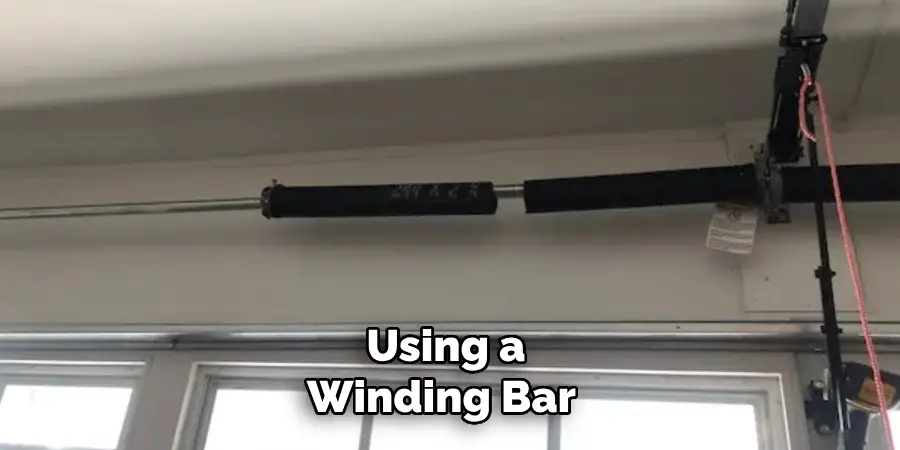
Conclusion
In conclusion, adjusting your garage door for cold weather is crucial to keep your door functioning properly and ensure the safety of your home. By following these simple steps, you can prevent any potential damage or malfunction during the colder months.
Firstly, make sure to lubricate all moving parts of your garage door before temperature drops. This will prevent any rusting or freezing which could cause the door to stick or malfunction. Additionally, check the weather stripping around your garage door and replace any damaged pieces to keep out cold air and moisture. I hope this article has been beneficial for learning how to adjust garage door for cold weather. Make Sure the precautionary measures are followed chronologically.

